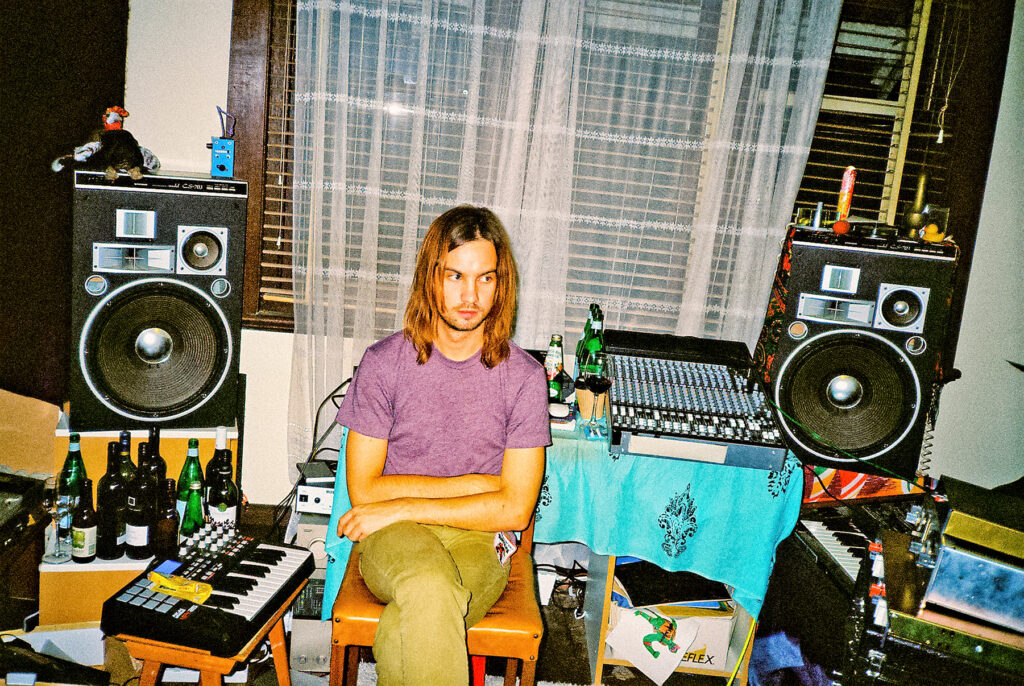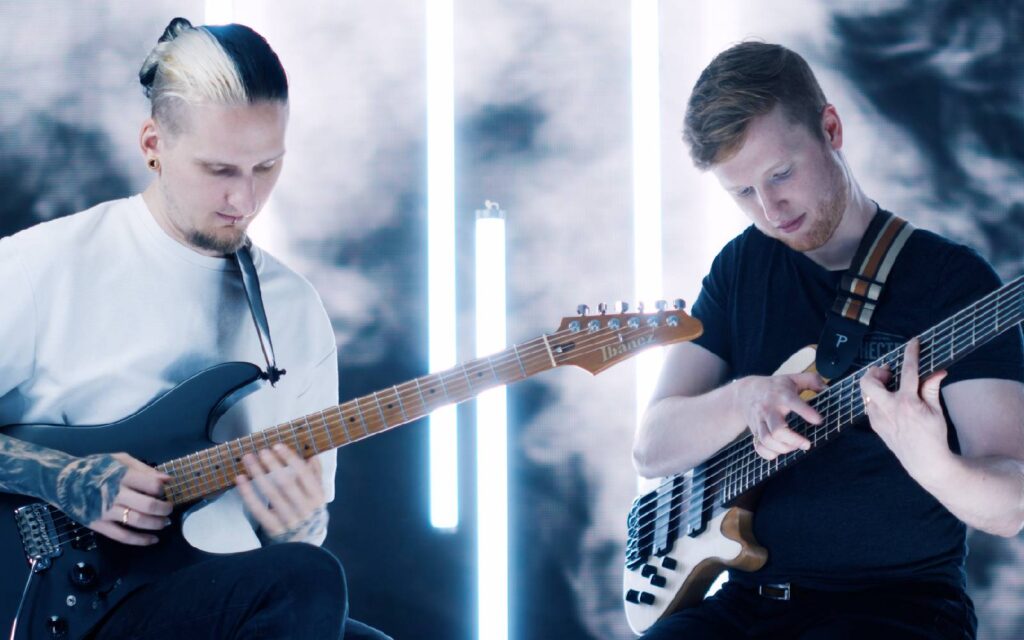We get stuck into visuals with part seven of our collaborative Collarts content series.
Sound and lights. Lights and sound. Sometimes it feels like these two are kindred spirits, forever destined to exist in the same breath for as long as live events are around – even if the industry is currently on hiatus.
After all, the term ‘Live Production’ itself is designed to encompass all aspects of the sensory experience – be it auditory, visual or other – so it makes perfect sense that these two different technical disciplines would share much in the way of common ground.
Given the uniquely symbiotic relationship shared by live sound and live lighting (coupled with the increasingly diverse technical demands of the modern stage show), never has it been more important for budding Audio Engineers to have, at the very least, a fundamental understanding of basic lighting protocol and operation in their arsenal; a fact that Collarts Audio Course Coordinator Dylan Mitrovich knows only too well.
“It makes perfect sense for us as a school to teach our students how to integrate visual elements into their broader skillset,” he explains.
“The idea of show control has evolved so much over recent years, becoming broader and broader as both the events and live broadcast industries grow and adapt. It makes sense for us to incorporate the basics of live lighting into our sound curriculum to prepare our Audio students for an industry were their skills will be tested.”
With the majority of students coming from a musical or content creation background, the lighting units on offer at Collarts are for many their first foray into the exciting world of stage visuals, but for Dylan it’s all about teaching students to walk before they hit the ground running.
“It all starts with teaching the fundamentals. From the basic concepts like cues and reading timecode etc, right through to having a practical understanding of DMX protocol and how to patch in a DMX feature.
“Being proficient in the basic fundamentals is another feather in your cap and something that really sets Collarts students apart as they enter the industry.”
This inclusion of live lighting in the audio course is nothing new for Collarts, who have already been covering lighting basics in their Audio curriculum for a number of years. What is new, however, is how these units have successfully translated into the online domain, incorporating many of the same innovative technologies and ground-breaking technical workflows as their Audio counterparts.
“When we started to see the massive strides we were making in the Audio department, it got us thinking about how these cutting-edge technologies could be introduced into other areas of the curriculum,” Dylan explains.
“[During lockdown] we had our lighting rig just sitting there on campus, not doing much. It was up to us to fire it up and see if it could be controlled in the same capacity as our mixing consoles and other sound equipment.”
This turned out to be a slightly more straightforward task than first imagined, with software remote control protocol in the lighting world, exhibiting a natural affinity for these kind of remote workflows.
“We primarily use a couple of open source applications, QLC+ and Q-Lab to control the lions share of our lighting and vision,” he explains.
“It’s programmable enough that we really have a lot of flexibility in how we can employ it and that was something that definitely went a long way, in terms of the whole control element.”
Of course, lights without sound are no way near as fun and thus, the next technical challenge for the Collarts team was to figure out how best to integrate this flexible remote control protocol and apply it within context of a simulated live musical environment.
For this, Dylan called upon some previous experience operating the Digico S11 and the impressive cross-compatibility found between the Collarts lighting rig and their in-house live console.
“For the lighting units, it’s all about simulating an event and accounting for the flexible range of audio and visual inputs that such an event might entail,” he prefaces before diving into the technical details.
“We take this media and source material and plug it into QLab, which is being hosted on a computer in the auditorium at the Collarts campus. From there we connect to the Collarts lighting rig using a USB-DMX connection and then to the Digico console via Midi and Audio, so we are able to control audio snapshots from the console, while also controlling the various projectors, lights and other devices on campus.
“This allows us to simulate an event with complete control over all aspects of the audio visual experience using QLab as the main control protocol.”
Just like in the case of the live sound units, the emergence and popularisation of artist live streams during the COVID-19 period is further proof for Dylan that the line between Audio and Visual is a natural progression to be embraced.
“From an educator’s perspective, the live streaming thing has definitely reaffirmed our decision to incorporate lighting components into the broader Audio degree.”
“It’s exactly the kind of scalable application where having experience and knowing how to control both the visual and sonic elements of a performance puts you at an immediate advantage. It just opens up so many possibilities.”
Find out more about everything on offer from Collarts today.







